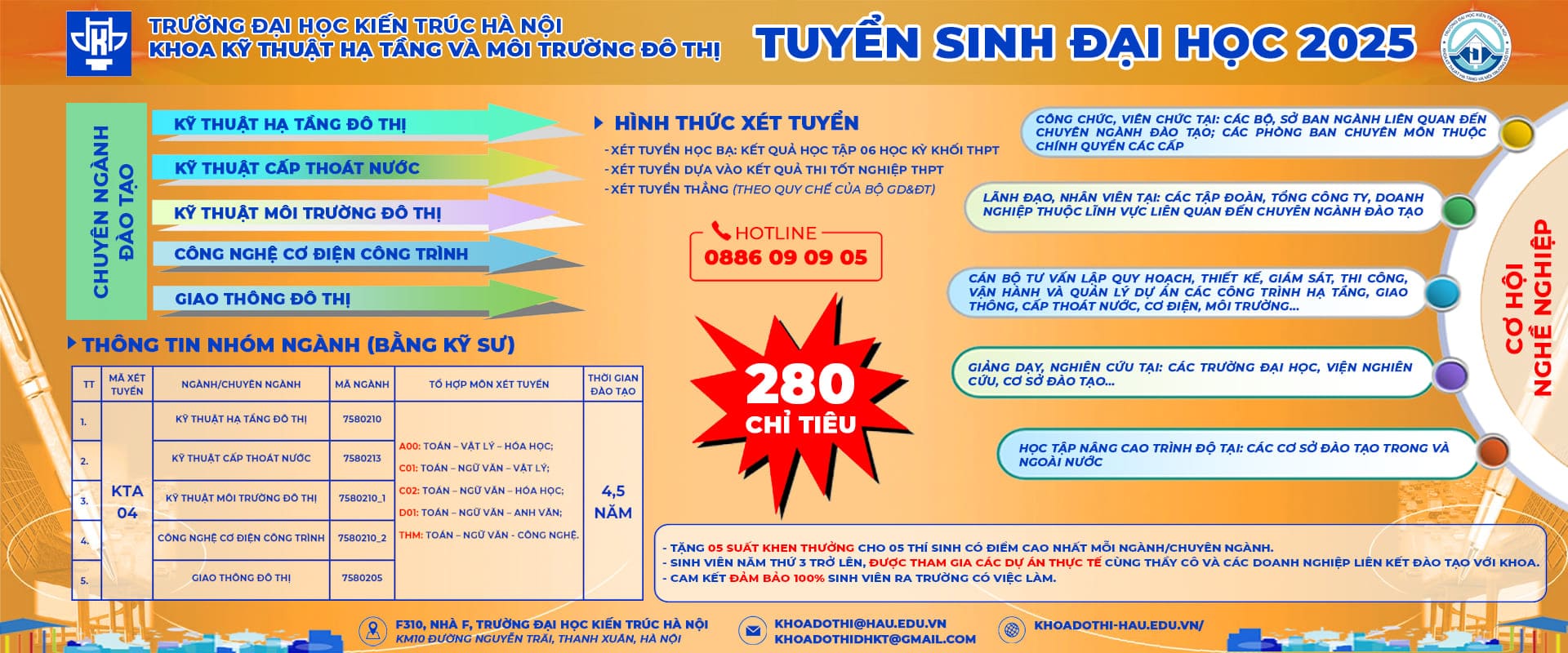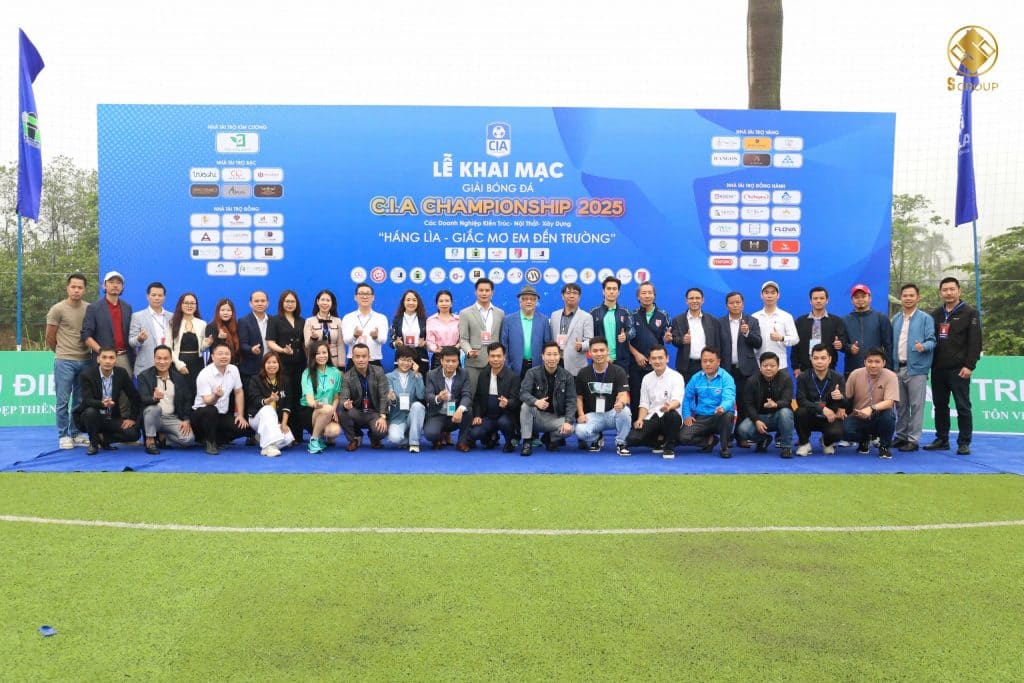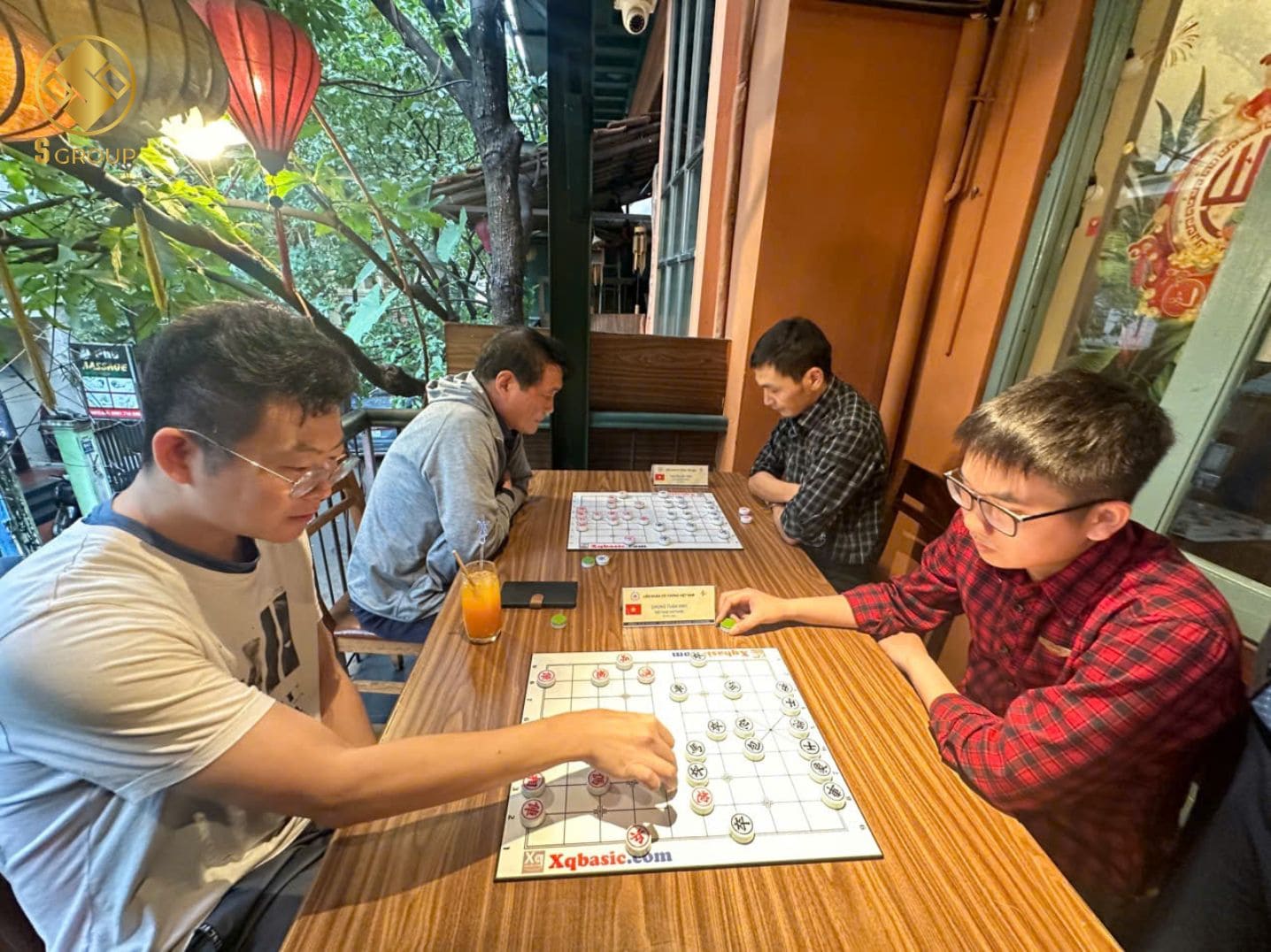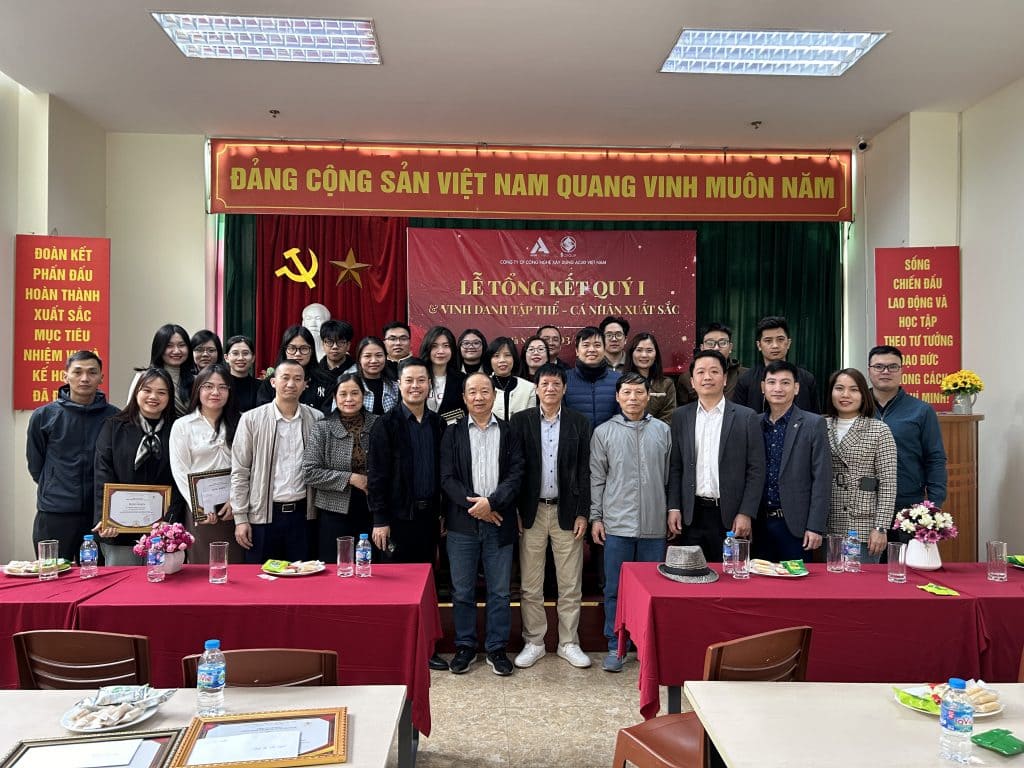Approval of the Master Plan for Điện Biên Province for the 2021-2030 Period, with Vision to 2050
Deputy Prime Minister Trần Hồng Hà has just signed Decision No. 109/QĐ-TTg by the Prime Minister, approving the Master Plan for Điện Biên Province for the 2021 – 2030 period, with a vision to 2050. ACUD Vietnam Construction Technology Joint Stock Company – a member unit of S-Group Corporation – is honored to be the consulting unit for this provincial planning project.
The planning scope includes the entire natural area of Điện Biên Province, with a scale of approximately 9,539.92 km², consisting of 10 administrative units: Điện Biên Phủ City, Mường Lay Town, Mường Nhé District, Mường Chà District, Tủa Chùa District, Tuần Giáo District, Mường Ảng District, Điện Biên District, Điện Biên Đông District, and Nậm Pồ District.
Overall objectives by 2030, Điện Biên will become a fairly developed province in the northern midland and mountainous region; a regional hub for tourism, services, and healthcare. The province aims to develop agriculture and forestry by applying modern science and technology for high productivity and quality, in combination with processing industries and tourism; the digital economy will play an important role in the province’s development. The economic and social infrastructure system will be developed in a synchronized and modern manner. Political stability, national defense, and security will be ensured, maintaining sovereignty over the borders.
Specific objectives by 2030, the economic growth rate of Điện Biên Province in the 2021 – 2030 period is targeted to reach 10.51% annually. The economic structure by 2030: the service sector will account for about 41.2%; the agriculture, forestry, and fisheries sector will account for about 12.7%; and the industry and construction sector will account for about 42.4% (of which industry alone will account for about 12.1%).
By 2030, the average GRDP per capita will exceed 113 million VND (at current prices), and labor productivity will reach 190.0 million VND (at current prices). The multidimensional poverty rate will be reduced to below 8%.
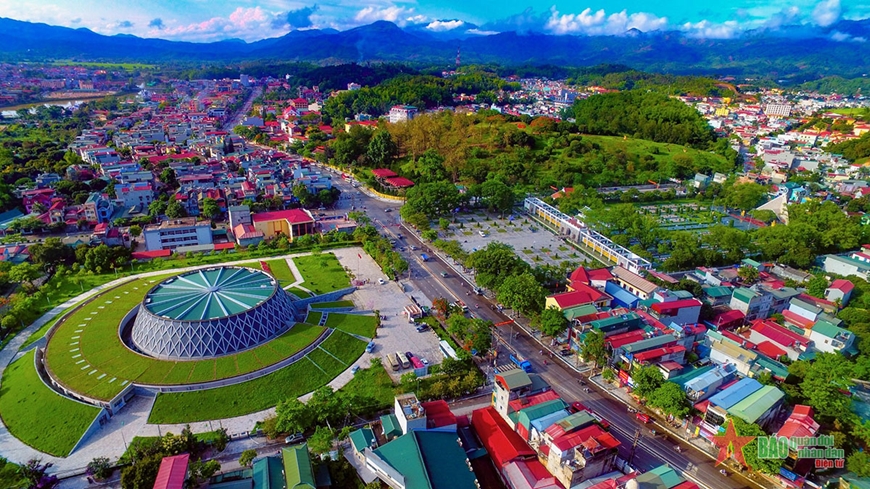
Development Breakthroughs
Regarding development breakthroughs, the focus is on completing mechanisms, policies, and enhancing the province’s competitiveness.
Specifically, efforts will concentrate on researching and issuing or proposing the issuance of mechanisms and policies related to attracting investment, building infrastructure, developing forestry-based economies, and supporting labor restructuring policies to mobilize and liberate resources. Solutions will be implemented to create breakthroughs in enhancing the province’s competitiveness, with an emphasis on applying information technology to accelerate digital transformation and administrative procedure reforms. Digital transformation is identified as a crucial factor in achieving development goals, focusing on all components: developing a digital government, a digital economy, and a digital society.
A transparent, friendly, and open business and investment environment will be established, facilitating the participation of various economic sectors in investment and business activities within the province. The province’s competitiveness will be significantly improved by enhancing key indicators such as the Provincial Competitiveness Index (PCI), the Public Administration Performance Index (PAPI), and the Public Administration Reform Index (PAR INDEX).
In addition, the province aims to complete the economic and social infrastructure system. Specifically, priority will be given to investing in a synchronized and modern economic and social infrastructure system, with a focus on the transportation system. Investment in transportation infrastructure is identified as a leading driver and a key development catalyst for the province. Early investment, upgrades, and completion of key transportation projects will be prioritized.
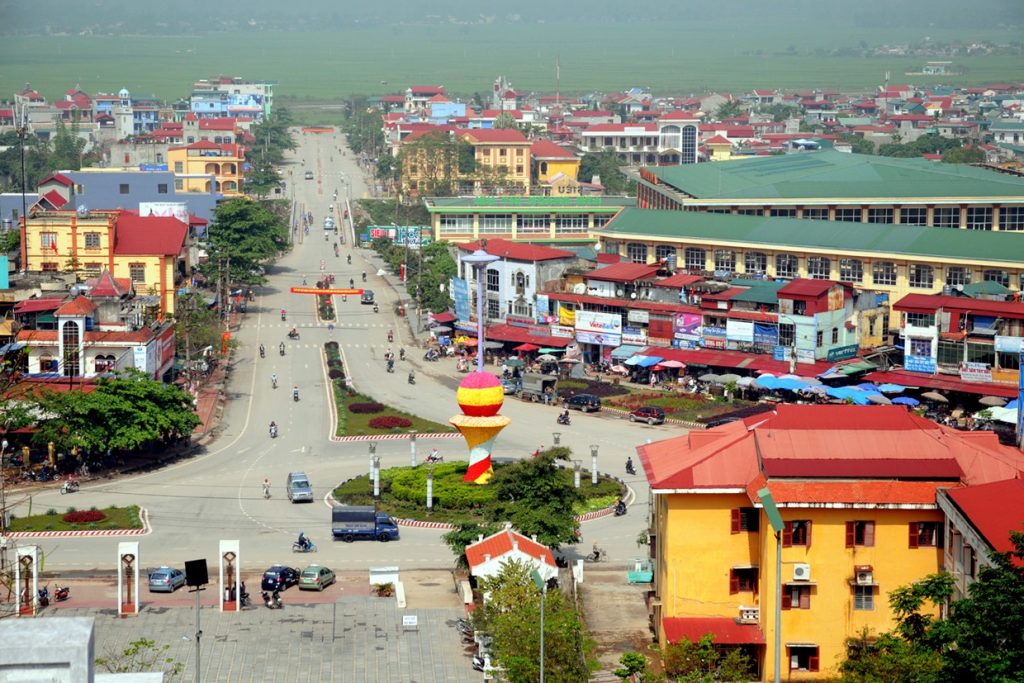
Investing in Infrastructure Development
Investment will focus on developing technical and social infrastructure systems in Điện Biên Phủ City, as well as in towns and townships, to promote rapid and sustainable socio-economic development.
Application of Science, Technology, and Innovation
Science and technology will be applied in practical production, alongside the implementation of scientific and technological programs aimed at increasing productivity and the quality of local key products (such as Tủa Chùa tea, Mường Ảng coffee, and macadamia in Tuần Giáo, Mường Nhé, Mường Ảng, Điện Biên districts, and Điện Biên Phủ City).
Research will focus on developing high-value medicinal plants and boosting the application of science and technology in agricultural and forestry product processing, wood planting and processing, as well as applying biotechnology and advanced technologies in agriculture, medicine, environmental protection, and the development of products under the province’s OCOP (One Commune One Product) Program.
Development of Agricultural Products with Advantages
Key agricultural products with competitive advantages will be prioritized for development. Efforts will include improving the quality of specialty rice and building large-scale fields, establishing regions for growing specialty plants, and producing vegetables, tubers, and fruits certified as organic. The development of fruit trees and herbivorous livestock will also be promoted. Forest areas will be preserved, and forestry economic development will be enhanced through the cultivation of large timber trees, medicinal plants, and macadamia.
Transforming Forestry into a Key Economic Sector
Forestry will be established as a key economic sector within the province’s agricultural structure. This includes the development of macadamia cultivation, production forests, non-timber forest products, medicinal plants, and integrated agroforestry using a circular economy approach in forestry. Additional efforts will focus on forest environment leasing, landscape development, and sustainable tourism models in potential areas, alongside participation in the carbon credit trading market.
Tourism as a Leading Economic Sector
Tourism will be developed as a key economic sector of the province, based on three main pillars: [further details required to complete the paragraph].
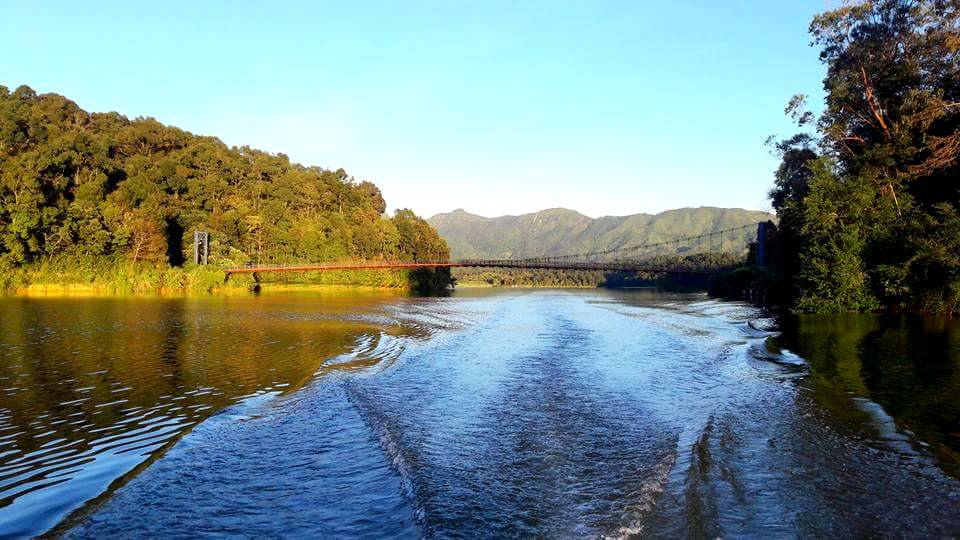
Developing Tourism into a Key Economic Sector
Tourism will be developed into the province’s spearhead economic sector, based on three main pillars: historical and cultural tourism; ecological tourism and exploration of natural landscapes; and wellness, recreational, and health care tourism. By 2030, tourism aims to contribute over 10% of the province’s GRDP. By 2050, Điện Biên is envisioned to become a national hub for cultural-historical-ecological tourism, advancing towards international standards while strongly developing commercial services and ensuring a stable, secure border region.
Orientation for Key and Distinctive Tourism Products of the Province
Historical and Cultural Tourism: Improve service quality, focusing on meeting the demand for historical tourism by leveraging and promoting the value of the Điện Biên Phủ Battlefield National Special Historical Site. Upgrade the Điện Biên Phủ Victory anniversary into an international festival and event. Utilize and enhance the traditional cultural values of ethnic groups and religious establishments in the province, while developing community-based tourism products.
Ecotourism and Exploration of Natural Landscapes:
Ecotourism will be developed in connection with lakes and forests, including conquering A Pa Chải Peak (Mường Nhé District), Phù Lồng Mountain (Điện Biên Đông District), and crossing Pha Đin Pass, among other attractions.
Wellness, Recreational, and Health Care Tourism:
Lake-based wellness tourism will be promoted (Pá Khoang Lake, the reservoir in Mường Lay town), along with health care and hot spring bathing (U Va, Hua Pe, and Bản Sáng hot springs). Sports and recreational activities, including golf, boat racing, and extreme sports like paragliding and mountain biking, will also be developed. Additionally, national and international sports competitions, such as cross-country races and paragliding events, will be organized to foster tourism development.
Development of Supporting Tourism Products:
Supporting tourism products will include cross-border tourism (connected to A Pa Chải landmark, Tây Trang International Border Gate, and Huổi Puốc Border Gate), business and commercial tourism, as well as agricultural tourism linked with OCOP products, traditional crafts, and cultural community tourism villages…


